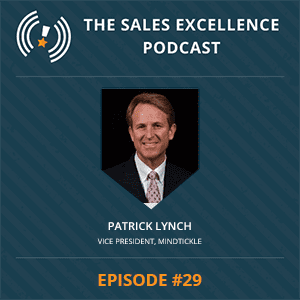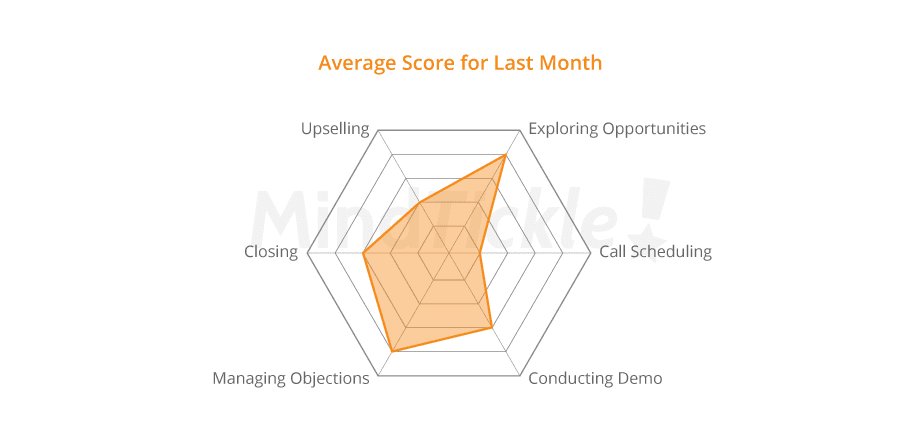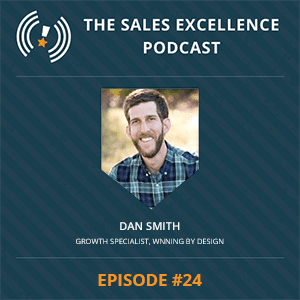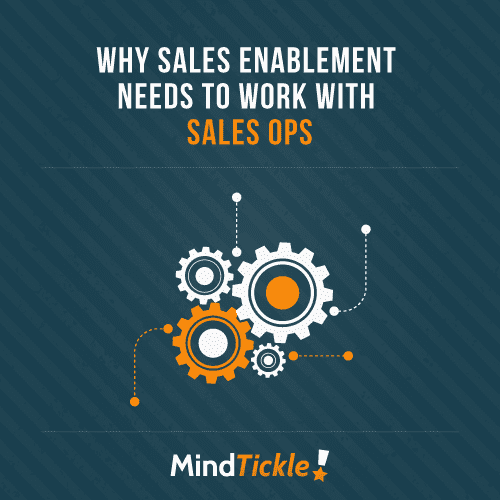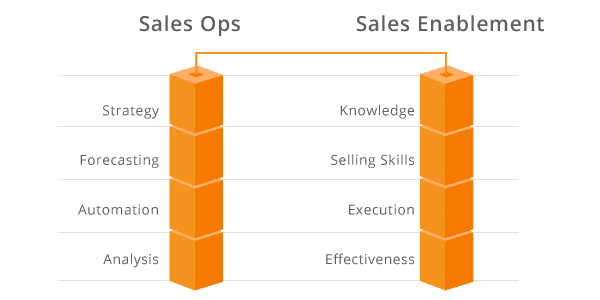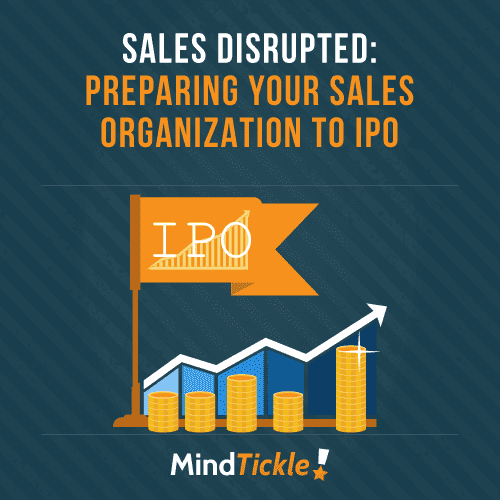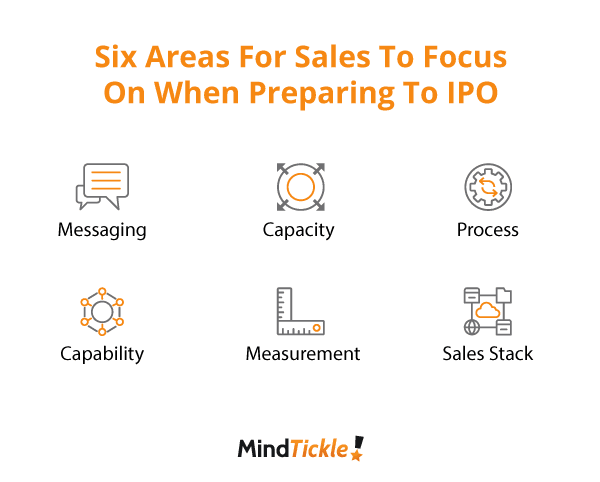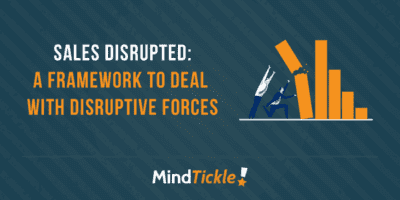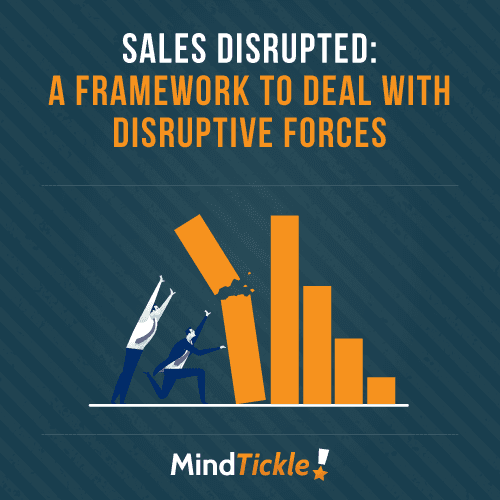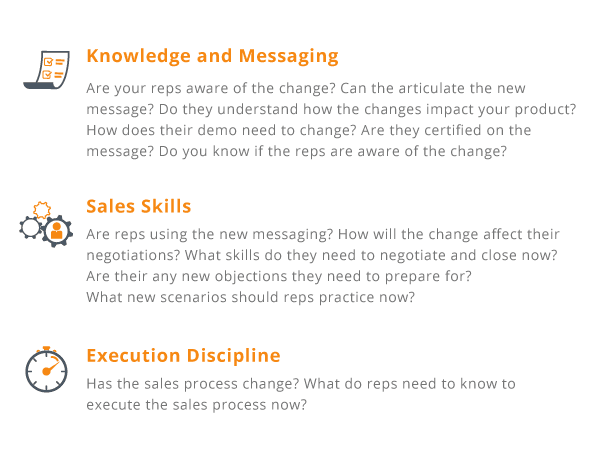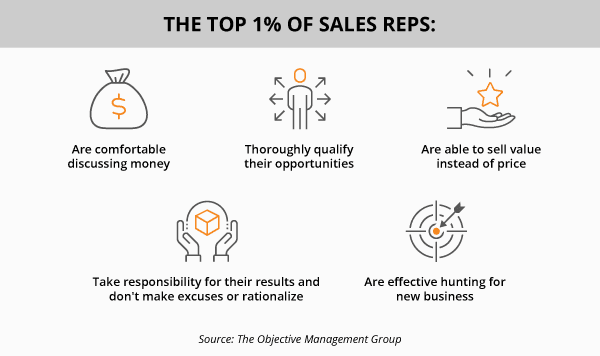“An investment in knowledge always pays the best interest.”―Benjamin Franklin
The role of Chief Learning Officer (CLO) has been around for several years. CLOs are responsible for driving the strategic direction of an organization’s learning. In the past, some have mistaken the role of a CLO to simply be populating the Learning Management System, but things are changing quickly and the role of CLO is now expected to rapidly adapt.
According to
Deloitte’s 2016 Global Human Capital Trends Report
,
“CLOs should become part of the entire employee experience, delivering learning solutions that inspire people to reinvent themselves, develop deep skills, and contribute to the learning of others
.” This change is being driven by several factors, and each one is shaping the role of the CLO in the future.
The future is coming quickly
It might sound obvious, but learning strategy has to reflect the business’ objectives. In the past, learning has sat to one side and focused in on specific technical knowledge or skills, but that’s no longer enough. The CLO needs to understand how the learning agenda fits into their company, the industry and what their competitors are doing. This is because the learning must not only support the business today but into the future.
While CLO’s don’t have crystal balls, they now need to keep an eye on future trends and ensure that their business has the capability and capacity to adapt quickly when required. Disruption is no longer something that happens to other businesses, it’s a real threat for every business so the CLO has to ensure that the business is prepared to weather any storm that may come their way.
Change is the new normal
In the past, learning programs could take weeks to create and be rolled out over the course of months or even years. This approach no longer works, what you learn today could change or be updated next month. This has dramatic implications for the learning agenda.
Learning programs now need to adapt and be flexible enough to accommodate continuous change. This creates challenges both for those who create learning programs and all for the people who are receiving the learning. Not only does information need to be added, changed and updated regularly, but it also needs to be easy to digest.
Learning is a continuous process, and that can’t be taught in workshops or meetings twice a year. Learning programs need to be fluid and integrated into business as usual. This means that managers and those close to the end users need to be integrated into the learning process.
The closer to a topic you are, the quicker you are able to adapt to any change to it. Things like learning agendas that enable managers to give structured and continuous coaching to their team are part of this change. Just in time training is another development that is gaining speed as it allows employees to stay on top of things as and when they need to know them.
Another thing that’s impacting this is the way work is changing as well. More workers operate remotely, work virtually and have flexible hours. This adds a new layer of complexity to how learning programs are rolled out, accessed and reinforced.
New generations are entering the workforce and older ones are leaving
By 2025, 75% of the US workforce
will be millennials, but presently they share their workplaces with Baby Boomers and Generation X. Managing multi-generational workforces has also made the role of the CLO more challenging. Each generation has different learning preferences – millennials are connected to their mobile phone while many baby boomers prefer face to face communication.
When it comes to developing learning strategies, the preferences and needs of each generation need to be taken into account. If all employees are not engaged then some will be left behind when it comes to development.
CLOs need to look at not only the content of learning programs but also how it is delivered. Some things to consider include social networks, mobile enablement and the way content is structured. For example, millennials have a preference for microlearning, which is a big shift from traditional instructional led training.
The changing dynamics within the workplace is also raising new issues. As Baby Boomers prepare to leave the workforce, along with them goes decades of experience and knowledge. Some would also prefer to remain connected to their workforce, raising the possibility of new learning opportunities like mentoring.
All of these factors need to be included in the learning agenda and prioritized by the CLO in a way that engages all employees and meets business objectives.
Every business function needs to justify their position
In the past, learning has been measured by the number of people who have completed courses but this doesn’t demonstrate the value that the learning programs have added to the organization. As organizations become leaner and more agile, every executive and each function needs show how they contribute to the achieving the business goals. This forms the basis of a business case when competing for resources. To do this CLOs need robust reporting and tracking.
Analysis should show how the learning programs have changed the way people work, made them more productive or improved their revenue earning capability. This must then also dovetail into the broader business objectives. Is the learning program a competitive differentiator in the recruitment marketplace? Does it help the business retain employees? Does the learning have a positive impact on engagement?
Retaining and engaging employees is becoming harder
Learning has traditionally been a one size fits all approach, but in order to retain employees and keep them engaged organizations need to focus in on the individual needs of their employees. Learning programs need to be flexible enough to allow individuals to develop on their own journey. By giving individuals the ability to take some responsibility for their own development and have a say in what capabilities they develop, organizations can improve engagement and build capable workforces.
This means providing learning opportunities outside the classroom. Rather than focusing on role-specific learning and build capabilities. Capabilities extend beyond technical skills and can include understanding, empathy, stakeholder management, and networking. Empower employees to learn at their own pace and to be in charge of their own destiny.
Underpinning all of these developments is the need for technology that supports the changing world of learning. Learning tools that are able to be customized and can adapt to different needs, yet still provide enough structure to support managers and leaders to have consistency in the organization. Technology can’t be an afterthought, it needs to fit in with how people work today and how they will work in the future.
The role of the CLO is certainly changing. With each and every day it becomes more challenging and complex, but it brings so many opportunities to innovate and think differently about how people learn. It’s an exciting time to be a leader in corporate learning.
